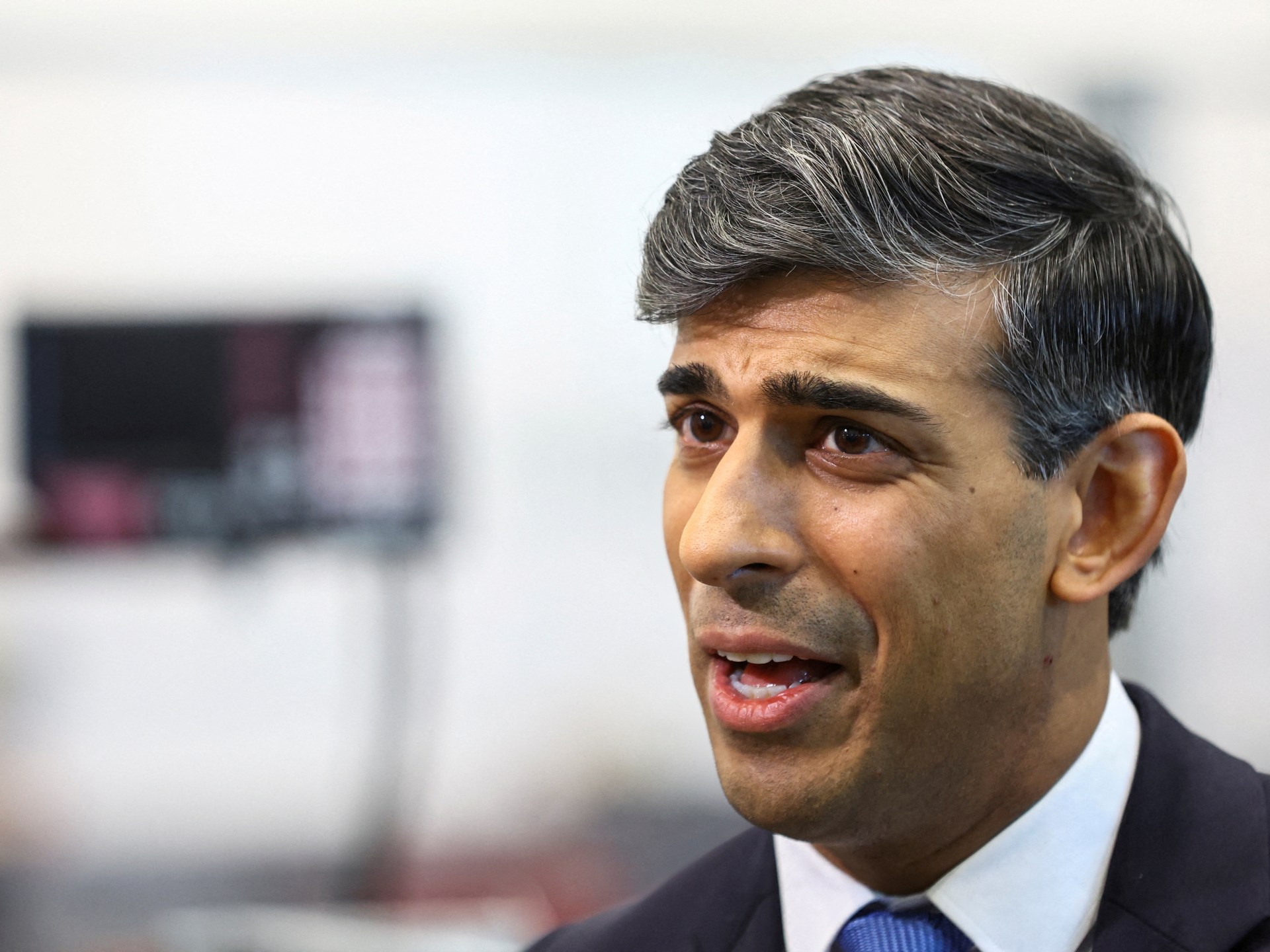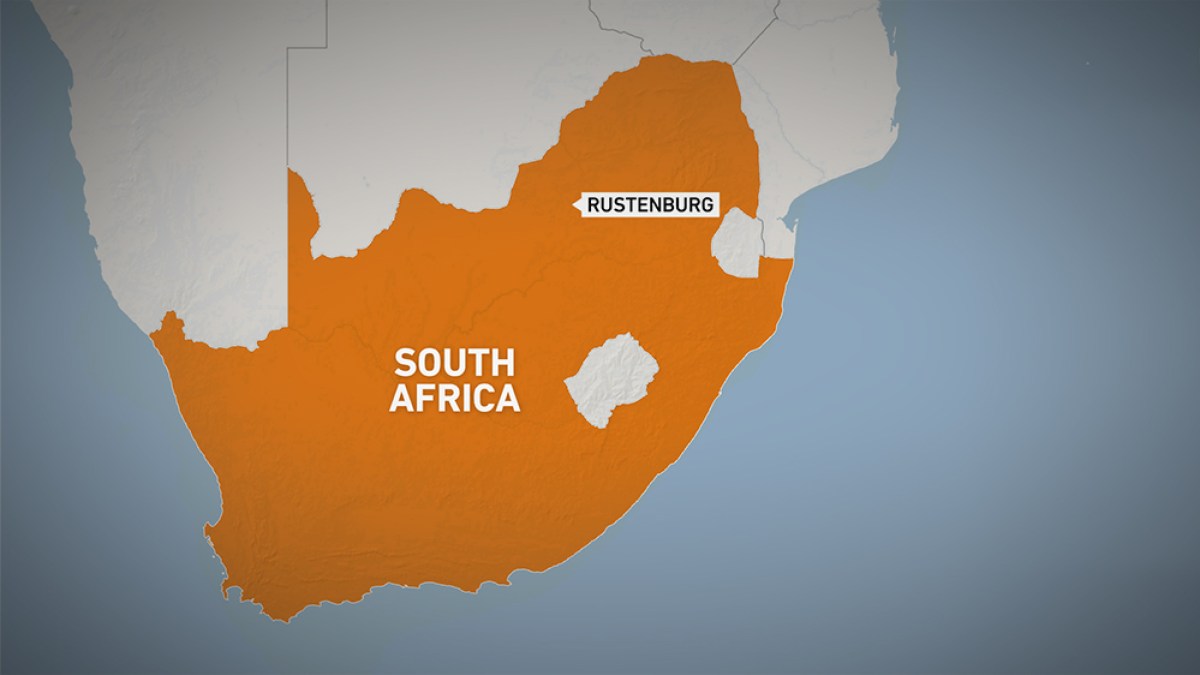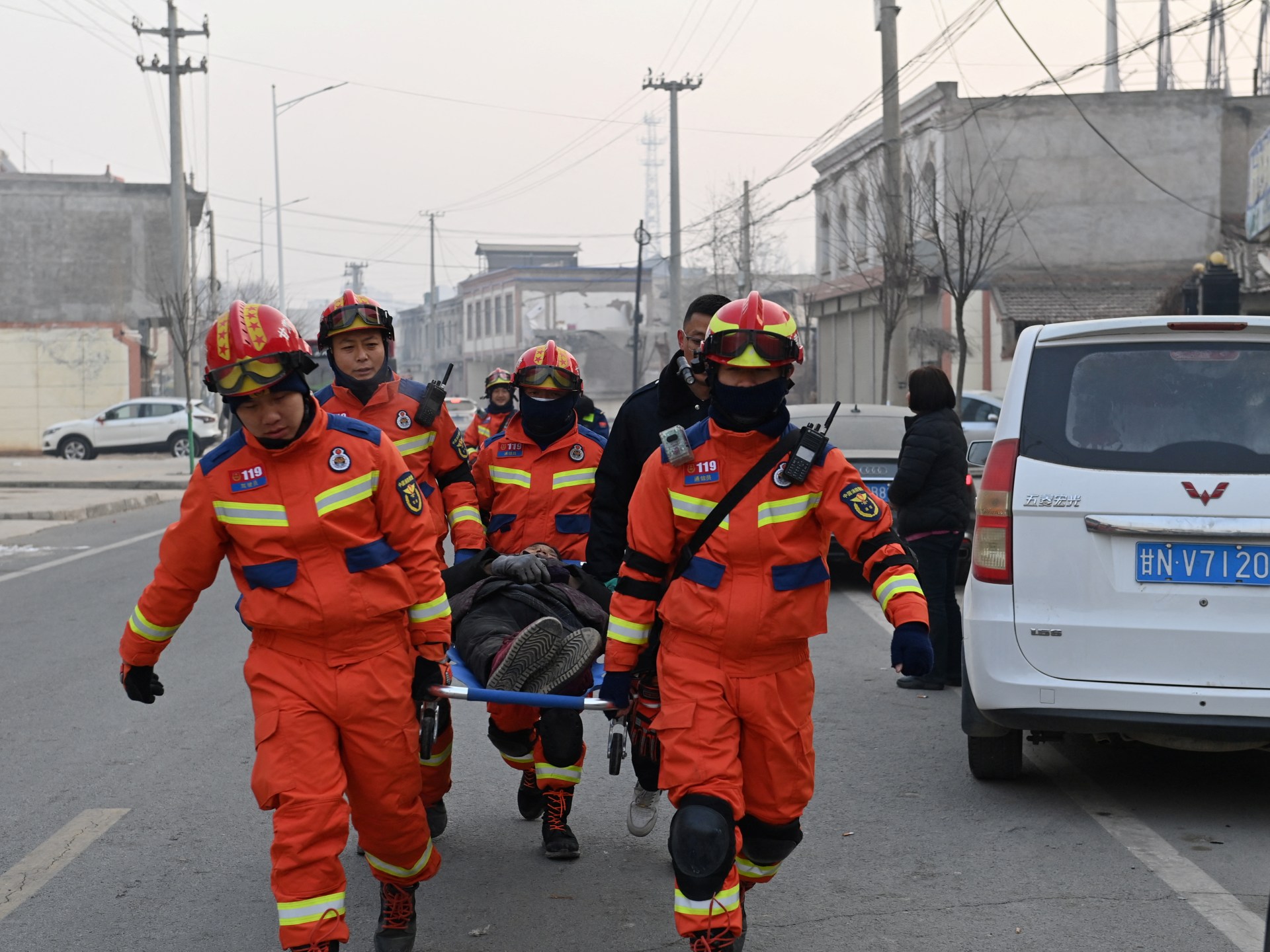News Deserts Are Rampant in Latin America — Global Issues
CARACAS, Jun 14 (IPS) – Without the means to receive information about what is happening around them, millions of Latin Americans who live in poor remote rural or impoverished urban areas inhabit veritable news deserts, according to an increasing number of studies conducted by journalistic organizations in the region.
There are, for example, 29 million people in Brazil, 10 million in Colombia, seven million in Venezuela and up to three-quarters of the Argentine territory without access to journalism due to the absence of media outlets, or because the few existing local outlets are dedicated to entertainment, rather than news.
“When we talk about information deserts, we are also talking about what a robust media ecosystem implies: that there are not only enough media outlets, but also pluralism,” said Jonathan Bock, director of the Colombian Foundation for Press Freedom (FLIP).
This plurality must encompass “the topics that are covered, diversity of formats, media that address different audiences. A healthy ecosystem,” Bock added in a conversation with IPS from the Colombian capital.
A Jun. 7 forum organized by the Venezuelan branch of the Press and Society Institute (IPYS) displayed atlases and maps on news deserts in Argentina, Brazil, Colombia and Venezuela, based on research by organizations of journalists and academics from those countries.
Even without extrapolating from the results of these assessments, it is possible to estimate that news deserts affect a good part of the region, judging by the structural deficiencies of the population, and by conflictive situations in the media and journalism in nations such as those of Central America and the Andes.
“The social and geographical marginalization found in parts of our countries means that important segments of the population are in these news deserts. For example, indigenous populations lacking media outlets in their languages,” Andrés Cañizález, founder and director of the Venezuelan observatory Medianálisis, told IPS.

Atlases and statistics
A study by the Argentine Journalism Forum (FOPEA), coordinated by Irene Benito, took a census of 560 areas in that country and considered 47.9 percent of them news deserts, 25.2 percent in “semi-desert” conditions, 17.1 percent as “semi-forests”, and 9.8 percent as “forests”, or areas with an abundance of media outlets and news.
“As in other Latin American nations, in many areas there are media outlets and journalists, but there is no quality coverage. They deal with other things, not the interests of their communities, while the propaganda apparatus of the powers-that-be is in overly robust health,” Benito said in the IPYS forum.
In Brazil, the most recent News Atlas, released in March, recorded the existence of 13,734 media outlets in that country of 208 million inhabitants, but not a single one in 312 of its 5,568 municipalities. These 312 municipalities are home to 29.3 million people with no access to local news.
Although hundreds of online media outlets emerge every year “and now more municipalities have at least one or two media outlets, many are not independent or are biased, because they depend on the city government or religious movements,” said Cristina Zahar, from the Brazilian Association of Investigative Journalism (ARAJI).
In a third of Colombia, where 10 of the country’s 50 million inhabitants live – many areas far from the big cities – there are no mass media, and in another third, home to 16 million people, the existing media outlets are dedicated to entertainment, according to FLIP’s Cartography of Information.
In Venezuela, seven million people live in municipalities where there are no media outlets, and that figure rises to 15 million – in a country of 28 million people – if municipalities with only one or two media outlets, considered “semi-deserts”, are included, according to IPYS.
Unlike other countries, “the situation has worsened, with the massive closure of radio stations ordered by the government – at least 81 in 2022 alone, and 285 since 2003 – with radio being the medium that has the greatest penetration in remote areas,” Daniela Alvarado, head of freedom of information at IPYS, told IPS.

Exclusion, once again
In the case of Colombia, one cause for the breadth of news deserts is violence, “war, one of whose strategic aims is to pressure or close down news, journalism that can reveal, report, warn and monitor what happens in areas of conflict,” said Bock.
In 45 years of armed conflict in Colombia, 165 journalists were murdered, “strategic killings, because they reported on things, and became symbols,” Bock stressed.
“But it also has to do with a different kind of exclusion, of weak economies and little interest on the part of politics and government institutions in promoting independent and plural journalism, seen in some contexts as the enemy, and with society getting used to it and not demanding” independent reporting, the Colombian analyst said.
Another thing that has happened in countries in the region is that “traditional media, and many new digital outlets, emerged and are concentrated where there was already an audience and sources of advertising, which is combined with pre-existing inequalities to create an abyss between big cities and small towns and the countryside,” said Cañizález.
In news deserts, infrastructure failures abound and there are absences or deficiencies in internet services, with providers that do not access these territories, aggravating the situation of local inhabitants who often only have simple mobile phones and cannot obtain news and information through digital or social networks.
However, news deserts are not exclusive to rural, remote or border areas; in cities themselves there is a dearth of local media outlets, or the outlets have their own agendas on issues in poor urban communities, which are also impacted by the crises that face journalism in general.
This is the case of Venezuela, which “is caught up in a complex and continuous economic, political and social crisis that has led to the deterioration of its media ecosystem,” Alvarado said, adding that it also faces “a communicational hegemony (on the part of the State) that is manifested in censorship and self-censorship.”
Newspapers and television stations were driven to shut down, by government decision or suffocated due to lack of paper and advertising, or their sale paved the way for their closure; or, as in the case of many radio stations, closure is a constant looming threat. Online media suffer from internet cuts and harassment of their journalists.

What can be done?
“The challenge seems immeasurable, but we are not sitting quietly by, we must not give up on what is our right as a community public service,” said Benito.
The State “should promote, at least in the area of ??its competence, which is radio, television and internet, inclusive policies throughout the nation’s territory, guaranteeing basic rights, including the right to communication and information for all citizens,” stated Cañizález.
Zahar said that “sustainability is the challenge,” due to the difficulties many new media outlets, local or not, face in supporting themselves, and the advantages of digital media “that have fewer barriers to entry, can experiment with formats and financing mechanisms, and make quick changes.”
Bock said “we must think about the financing of journalism where there are fragile economies, see it as a public service but an independent one, to address the training of people practicing journalism in those places.”
Together with the support of the government and the international community, “models could be developed in which the big media sponsor local media in very small places or where there is clearly a news desert,” Cañizález said.
“But that’s still not even discussed in a number of our countries,” he said. “It is an issue that concerns journalism but has not drawn public attention. The debate is still very much confined to reporters.”
© Inter Press Service (2023) — All Rights ReservedOriginal source: Inter Press Service
Check out our Latest News and Follow us at Facebook
Original Source







